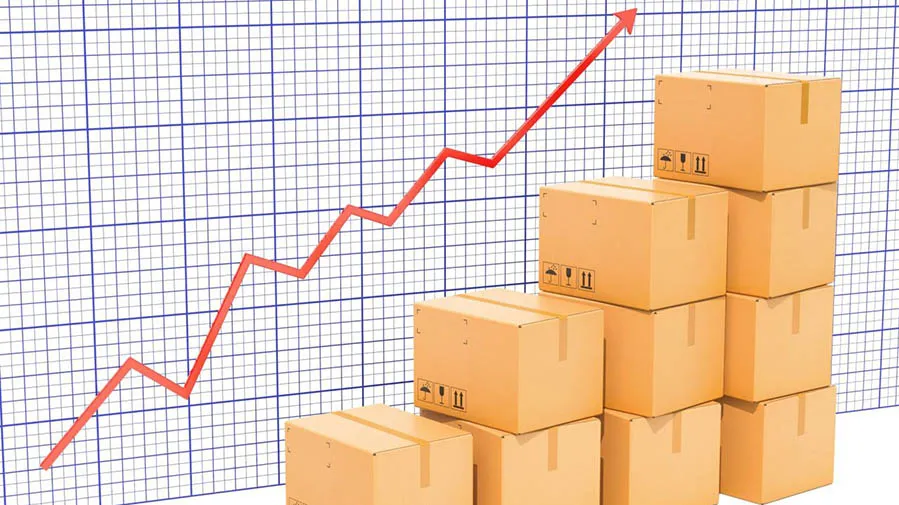

Table of Contents
Container Shipping Rates
Shipping container rates are the costs charged for the shipment of goods through the oceans by containers.
It may vary with respect to specific factors, and as such, should be of concern to the importers and exporters to appreciate their modus operandi.
First of all, shipping rates will largely depend on the size and type of container you have chosen. Standard containers have variable sizes, with a 20-foot container and a 40-foot container, each varying in price.
More importantly, a full container load or less than a container load equally affects your price.
full container load (FCL)simply means that you are solely using the container, while less than container load (LCL) refers to sharing it with other people, which can sometimes be cheaper.
Another critical determinant is that of the route taken. Rates could be higher or lower depending on the origin and destination ports since there are routes that are busier than others and may have a high demand. The rates might increase in peak shipping times like holiday.
Last but not least, external factors such as fuel costs, port charges, and even global events all contribute to the determination of container shipping rates.
By these elements, the shippers are in a better position to plan their logistics and thus make effective budgeting for transportation costs.
How Are Container Shipping Rates Determined?
Many factors influence the price of container shipping rates; most of them make the cost of shipping fluctuate at high speeds. First of all, distance and route count. The longer the journey or the less popular the route is, the higher the fee that one should pay. Container size and type count, too: standard containers, such as a 20- or 40-foot container, have different rates, while specialized containers-such as refrigerated-may be pricier.
Rates are also greatly influenced by supply and demand. When the demand is high, as in peak seasons around holidays or times of heavy trade, shipping space is limited, and so the prices rise. Another key factor affects the fuel price: as fuel costs go up, shipping rates also often go up with it due to the fact that fuel is one of the largest costs to shippers.
Another key determinant is port fees and charges. Each port will have a different fee schedule, with charges for terminal handling and customs, among others, that can be levied on a shipment. Different carriers have different pricing strategies, which rates from one company will differ from another. Achieving transparency in these detailed aspects helps businesses to more accurately manage their shipping budgets and make wiser choices in terms of logistics.

Factors Affecting Container Shipping Rates
1. Shipping high seasons
Much like many industries today, Shipping seasons can be regarded as the peak time of the year when ocean freight rates can be highly affected.
This is because during these periods, sea freight would have higher demands, thereby relating to vessel capacity, global supply chains, and eventually shipping prices.
The primary peak season usually commences from July to November/December since businesses start stocking up for the holiday rush.
Shipping lines have raised their prices, citing this as the peak season. An on-peak season surcharge may be levied to compensate for extra logistical efforts which the business has to make, given the sudden rise in numbers.
Ocean freight rates, meanwhile, are driven by demand, but also regional events. For example, production literally comes to a grinding halt in China, and with it, supply chains worldwide, during the couple of weeks leading up to the highs in January/February around Chinese New Year, and the National Day Golden Week in the first week of October.
The run-up before those holidays is followed by the rush to get goods shipped out ahead of time, pushing upwards on demand and, with it, container shipping prices.
Besides, the prices of inland container freight rates are in a position to fluctuate at times of peak seasons due to the competition for the available container.
When importers and exporters are in a position to understand the issues, it will help in managing all the intricacies related to shipping logistics, hence managing their expenses effectively.

2. Container Type and Capacity
Containers are available in several types. The type of container you accept for delivery is what determines the amount you pay. The available types are as shown below:
Standard Dry Containers:
These contain a temperature regulator and are used to carry perishable goods like fruits and vegetables. They are also called reefer containers.
Refrigerated ISO Containers:
These contain a temperature regulator and are used to carry perishable goods like fruits and vegetables. They are also called reefer containers.
ISO Tanks:
These are containers used primarily to carry liquids. They are made from materials that do not corrode easily.
OOG Containers: Some goods come in weird shapes. OOG containers are specifically designed for this type of goods.
Examples of OOG containers include the following: flat shelves, open top containers, and open side containers.
Goods transportation using the reefer container is more costly than when using a dry container since reefer containers have additional features compared to dry containers.
Talking in terms of the capacity of containers, larger volume containers are more costly compared to small ones.

3. General Rate Increase (GRI)
A General Rate Increase refers to an adjustment in the tariff of ocean freight rates that shipping lines perform. Most often, it is part of the seasonal cycle that enables shipping lines to recover during periods of low demand. In normal circumstances, GRIs occur once annually; however, at times, more than one increase can occur within a year.
Although it is theoretically possible for a GRI to apply to any ocean shipping route, in recent years it has made quite a difference in imports coming into the United States from the Far East. Application of the GRI is discretionary on the part of the carriers and includes at what time and where the GRI is applied, and how much the rate is increased.
That is to say, shipping lines are supposed to file their GRI with the Federal Maritime Commission at least 30 days in advance of the date on which it is to take effect under the laws of the United States. However, these periods of time vary in different regions, and it can be less than a week in some.
If your shipment isn’t approved prior to the effective date of the GRI, you can very well expect much higher rates, sometimes even as high as double the price. This situation emphasizes that one should book in advance to avoid unexpected cost increases in the GRI period.

4. Emergency Bunker Surcharge (EBS)

5. Extra Charges
Then, you have to pay extra for services like customs clearance, detention, and inspection, which tend to add up pretty fast and may greatly affect your overall shipping cost. These are charges over and above your basic quote for container shipping but may impact your final costs.
While most of these are out of the sender’s hands, there are ways you can at least minimize the risks. First and foremost, you will want to make sure your shipping documents are complete and submitted in a timely manner. The fewer mistakes on your paperwork, the lesser the chance that your shipment is chosen for customs inspection, which will delay your delivery. This can occur at both ends, either the origin or destination side, so double-checking the documents can eliminate any chance of pricey inspections.
This involves planning in advance. Giving yourself enough time to get a shipment ready can enable you to adjust your schedule to avoid peak periods of the year or issues that could be as serious as shipping shortages. With proper planning, shipment will be smoother and afford you time to absorb any unforeseen delays along the way. In this way, you will be able to control your shipping costs. Similarly, freight forwarders can help you through the nuts and bolts of shipping logistics and do their job to support you in the process of managing potential costs.

6. High Shipping Demand
This demand for shipment can have a great effect on costs and time taken in delivery. During seasons of high demand, or when the supply chain from where products are shipped is disrupted, freight rates tend to rise while available ship space is scarce. This not only makes booking a container more expensive but also heightens the possibility of delay since carriers would opt for higher-paying shipments.
High demand has a lot of effects, hence the fact that planning shipments in advance would be quite important. Booking ahead secures better rates, along with a decrease in last-minute competition for space. Further, flexibility in shipping dates, routes, or carriers can be economical during peak seasons. The freight forwarders may assist in such strategies so that all logistics are well addressed and the shipment process would not be painful anymore.
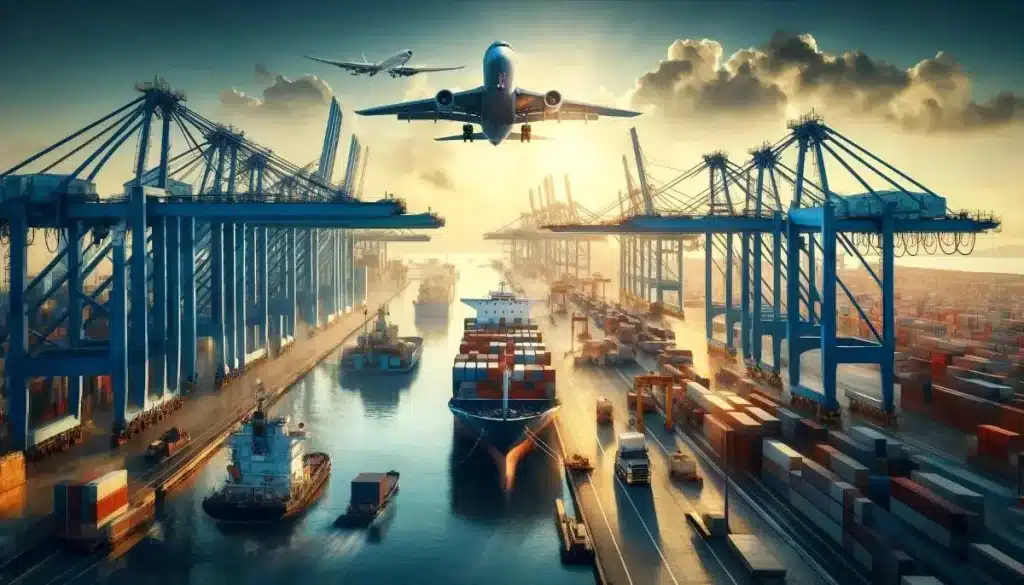
7. Shipping Method
The shipping method impacts greatly on cost and delivery speed. Ocean freight is often the cheapest option when it comes to large shipments, but it’s the slowest way of delivery, taking upwards of weeks to arrive. Air freight provides much faster delivery and thus is better suited to perishables or items that are needed urgently, but it is considerably more expensive. Rail transport finds a middle ground whereby reduced rates and quickened delivery are achieved, mostly in regional shipments, such as those within Europe or Asia.
As you choose how to ship, consider three things: budget, timeline, and type of goods to send. Ocean freight is optimal for bulky shipments which are not urgently needed. On the other hand, though it is very expensive, air freight suits high-value or urgent items. Such trade-offs will provide insight into how best you can optimize your shipping expense and delivery times accordingly. Freight forwarders can be empowered to go through that process with the requisite expertise in order to make choices on the most effective way to ship.
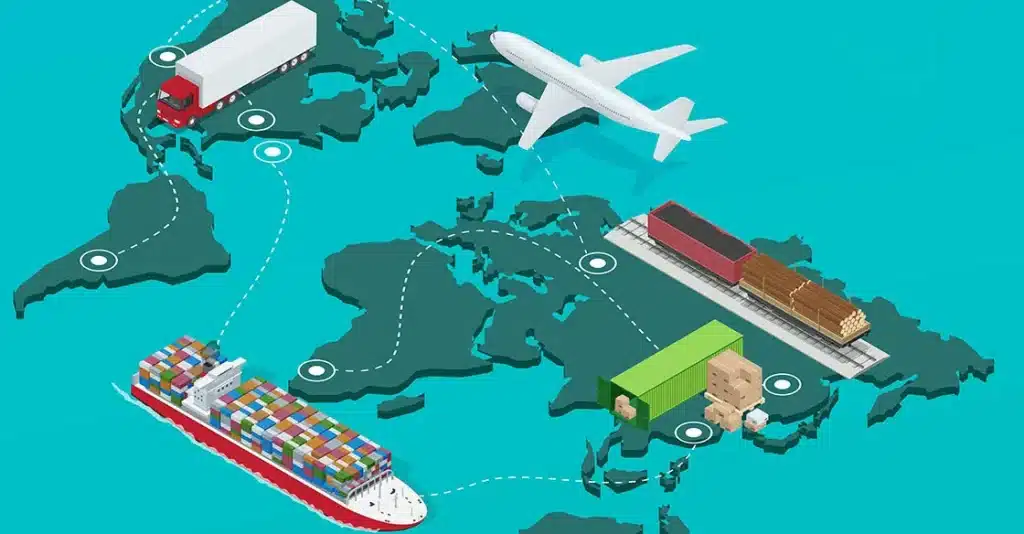
8. Shipping Distance
The shipping method you choose has much to do with your delivery time and overall costs, including domestic container shipping rates. Ocean freight is the cheapest option for large international shipments and may take several weeks in delivery. Air freight is considerably faster but more expensive by a wide margin, hence making it suitable for urgent or high-value items. Rail transport is a good compromise between cost and speed for regional shipments, in particular for areas that are well connected, like Europe or Asia.
This would be equally important in domestic shipment. Domestic container shipping rates depend on the distance of shipment, speed of shipment, and size of container. Ocean or rail transport might be most appropriate for large and heavy items, but air freight would be recommended for shipment where time is of essence. By considering these trade-offs, you can arrive at decisions more suitable to your budget and timeline. A freight forwarder could be quite helpful in giving assistance with these options.

9-Currency
Doing international shipment deals, a lot of currency fluctuations can generally affect your cost of shipment. This is so because freight rates and port fees usually quoted in U.S. dollars mean that the variation in exchange rate will make quite some difference if you operate in some other denominations. Even on minor variations in the value of the currency, there can be notable differences in your general expenditures towards shipment.
For instance, if in some hypothetical event your country’s currency weakens in relation to the U.S. dollar, this automatically raises your domestic container shipping rates and, as a matter of fact, all other shipping costs, putting a greater burden on your budget. Alternatively, aim to get advance rates or try working with carriers offering the option of price availability in your local currency so you can better plan your shipping cost more predictably amidst any change or fluctuation in currency.
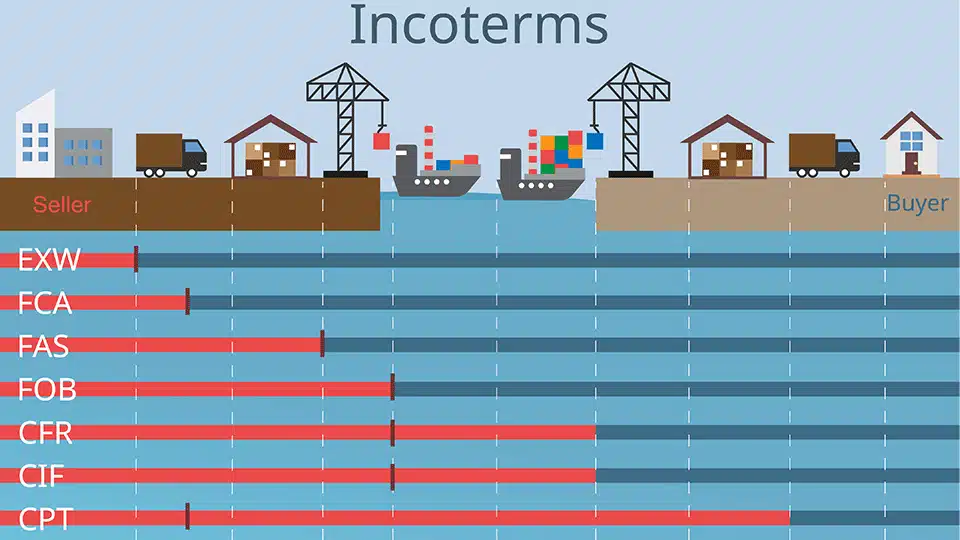
10. Incoterms
Incoterms determine who, between the seller and buyer, is responsible for the shipment at certain stages of the shipping process. The common incoterms used for container shipping rates are:
- Ex Works (EXW): When the buyer makes orders, the seller only makes the goods available and does the packaging. The rest of the process, like loading goods onto the vessel and performing customs clearance, is the buyer;s responsibility.
- Free On Board (FOB): The seller is responsible for loading the shipment onto the shipping vessel and covering all costs.
- Cif incoterms (CIF): The seller covers the cost and insurance for the freight and delivers it to the Port of Delivery.
- Delivery Duty Paid (DDP): The buyer names a place, and until the goods reach that place, all the responsibilities and risks are on the seller.
Container shipping rates can be affected by the small changes in the market, and most of the time, shippers have no control over this. On the bright side, you can optimize logistics costs by implementing the tips in this guide.
FAQ
This is because the container shipping rate depends on several factors that, in turn, affect its cost: first of all, a distance and route. The longer the journey or less popular the route, the more expensive the fees will be. Another important factor is the size and type, where, for example, the standard containers of 20-foot and 40-foot containers have their different rates, while specialized containers, such as refrigerated ones, will be even more expensive.
Rates are also heavily influenced by supply and demand. In peak seasons, such as holidays or high trade activity periods, prices go up when shipping space is at a low, and vice versa. Second, there is fuel price: as the cost of fuel increases, so do shipping rates, since this is one of the biggest expenses for shipping companies.
Added to this are port fees and charges. Almost every port has its own set of fees, which includes terminal handling and customs charges, adding to the total cost of shipment. Last but not least, various carriers have their own pricing strategies, meaning their rates may vary from one company to another. Understanding these elements will help businesses with better management of their shipping budget and, at the same time, make informed decisions about logistics.
Container shipping rates depend on several variable factors, which make the cost of shipment strongly variable. First of all, distance and route are very important: the longer the journey, the more expensive it will be, including routes out of the mainstream. The size and type of container also count-for example, standard ones like 20-foot or 40-foot containers have different rates-whereas specialized containers include refrigerated ones at extra costs.
Rates are highly influenced by supply and demand as well. When seasons are at their peak, such as holidays or high-trade-activity times, the shipping space becomes scarce, which drives the prices up. Another important factor involves fuel prices: when fuel costs go up, the shipping rates in general go up too, because fuel is one of their biggest expenses.
Apart from this, the port fees and charges come. Every port has its own terminal handling and customs charges that add to the cost of shipment. Then there is uniqueness in the pricing strategy that different carriers adopt, which means rates may be higher or lower depending on the company. These put together will enable a business to manage its shipping budget and make relevant decisions on logistics.

TopShipping
With years of experience in logistics and freight forwarding, the author is passionate about making shipping smoother and more efficient.
As a leader at TopShipping, they’ve developed a deep understanding of supply chain management, international shipping rules, and creative logistics solutions. They’re driven by a desire to help businesses succeed by delivering reliable, customer-focused services.
Over the years, they’ve also shared their expertise by writing for various industry publications, offering practical tips and insights on the latest trends in logistics. Thanks to their leadership, TopShipping has become a trusted name for companies looking for hassle-free global freight solutions.
Comment Section
Comment
Write your idea about "Top 10 factors affecting container shipping rates"


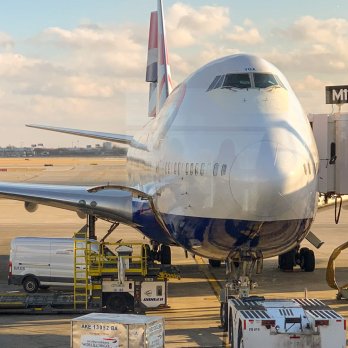

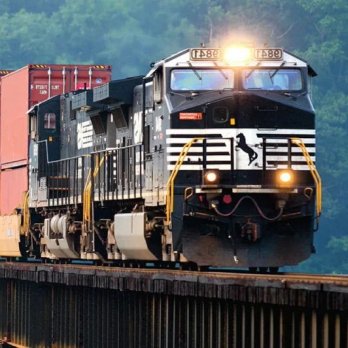
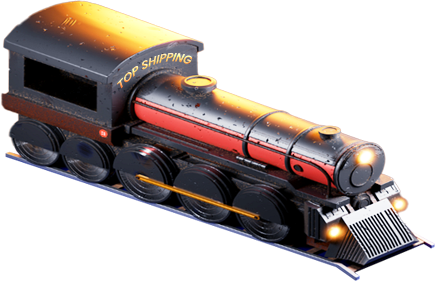
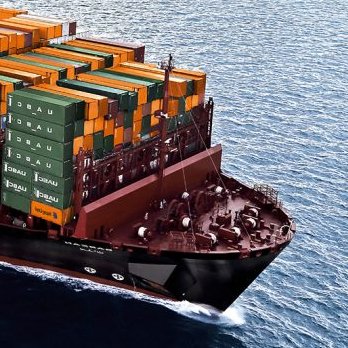
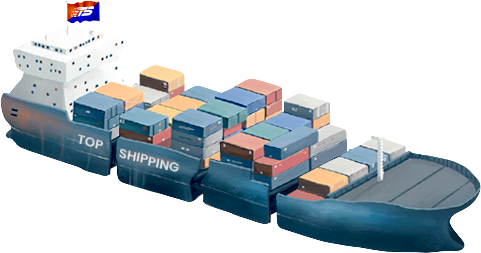
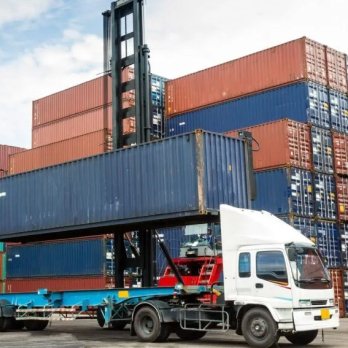

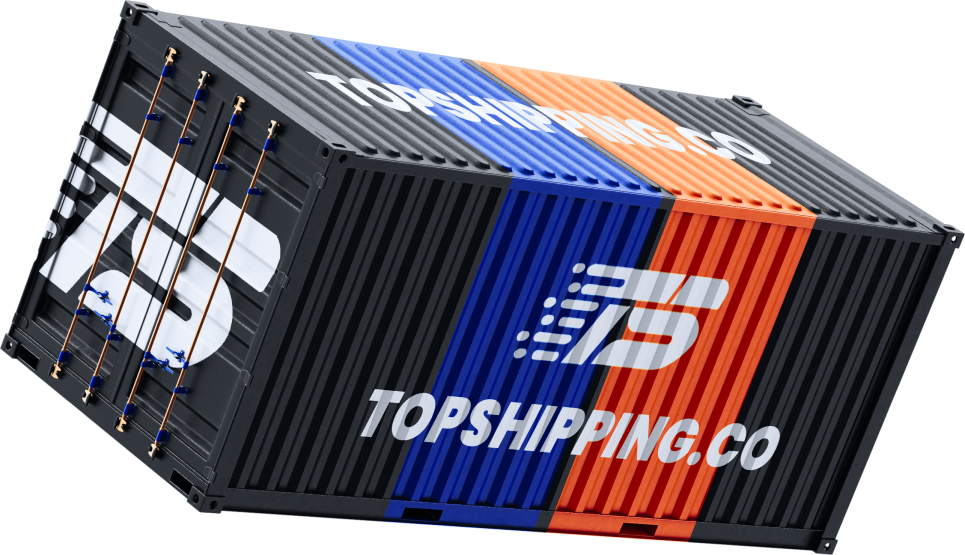





No comments yet.